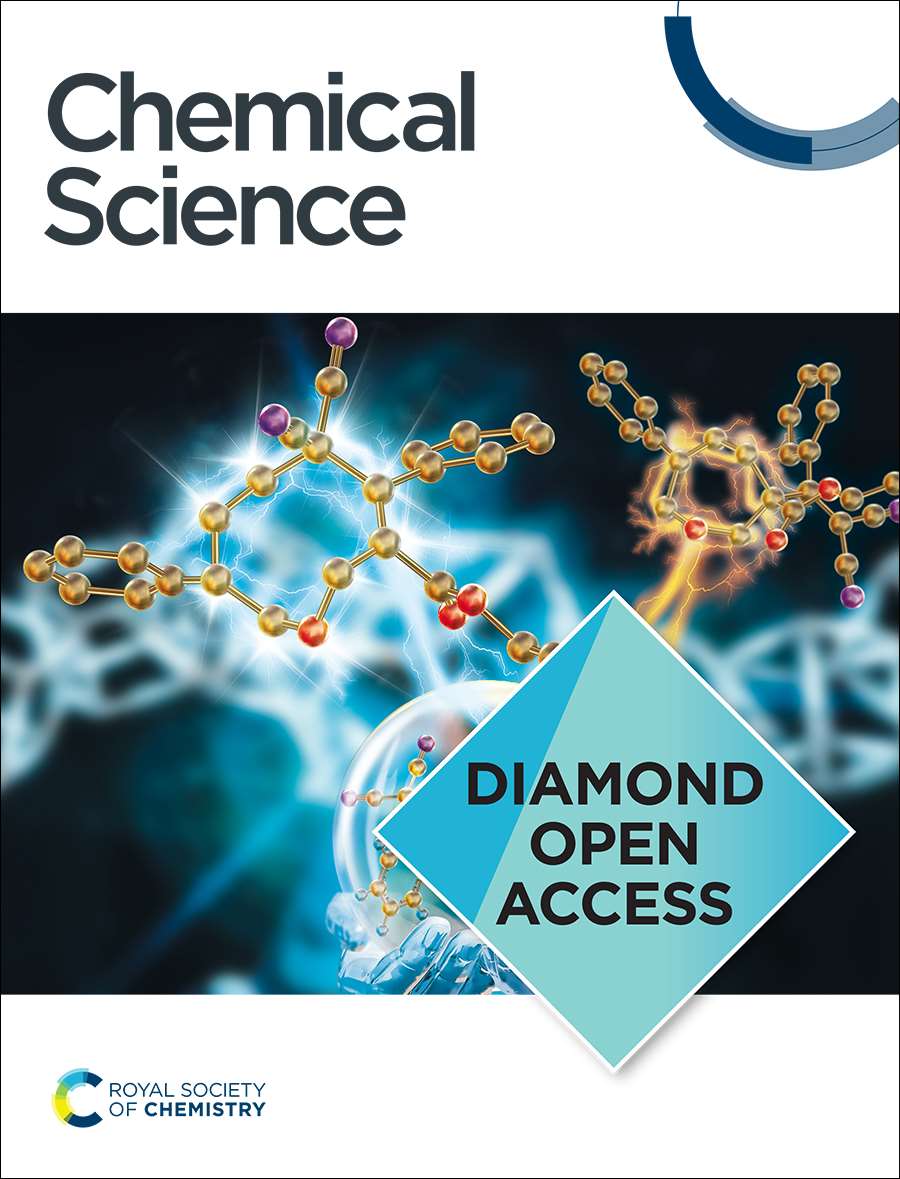Insights into the Mechanism of Active Catalyst Generation for the PdII(acac)2/PPh3 System in the Context of Telomerization of 1,3-Butadiene
IF 7.6
1区 化学
Q1 CHEMISTRY, MULTIDISCIPLINARY
引用次数: 0
Abstract
The mechanism by which PdII precursors are reduced to catalytically active low-valent Pd species has been a subject of interest for developing better catalysts. This process is well understood for catalytic systems employing a combination of palladium(II) acetate [Pd(OAc)2] and tertiary phosphines. However, the mechanism of reduction of palladium(II) acetylacetonate [Pd(acac)2] in the presence of phosphines has not been thoroughly investigated. This is especially important in the context of Pd-catalyzed butadiene telomerization process, which uses a combination of Pd(acac)2 and tertiary phosphines in methanol to produce 1-methoxyoctadiene (MOD-1). In this work, we elucidate the steps for generating the active Pd0 species for this reaction using a combination of Pd(acac)2 and triphenylphosphine (PPh3). The investigations presented in this study provide the following key insights: (a) unification of the steps involved in the generation of the active precatalyst [PdII(acac)(PPh3)2]+; (b) elucidation of the mechanism of reduction of the precatalyst to Pd0 without MOD-1, which parallels the chemistry of the Pd(OAc)2/PPh3; and (c) the generation of PdII-octadienyl species from the reaction between the precatalyst and MOD-1, the product of the telomerization reaction. A reversible C-O bond cleavage process was identified that leads to the formation of the PdII π-octadienyl species as the active catalyst in the commercial telomerization process. These studies provide important insights into the reduction of Pd(acac)2 into active Pd0 species or PdII π-allyl species, which have wide implications for both cross-coupling catalysis as well as the telomerization reaction.1,3-丁二烯端粒化过程中PdII(acac)2/PPh3系统活性催化剂生成机制的研究
PdII前体被还原为具有催化活性的低价钯的机制一直是开发更好催化剂的一个感兴趣的主题。对于使用钯(II)乙酸[Pd(OAc)2]和叔膦的组合的催化系统,这一过程是很好的理解。然而,在磷化氢存在下,乙酰丙酮钯[Pd(acac)2]的还原机理尚未得到深入的研究。这在Pd催化丁二烯端粒化过程中尤为重要,该过程使用Pd(acac)2和叔膦在甲醇中结合产生1-甲氧基辛二烯(MOD-1)。在这项工作中,我们阐明了使用Pd(acac)2和三苯基膦(PPh3)的组合为该反应生成活性Pd0的步骤。本研究中提出的研究提供了以下关键见解:(a)活性预催化剂[PdII(acac)(PPh3)2]+生成过程的统一步骤;(b)阐明了在没有MOD-1的情况下,预催化剂还原成Pd0的机理,其化学性质与Pd(OAc)2/PPh3相似;(c)端粒化反应产物MOD-1与预催化剂反应生成pdii -辛二烯基。发现了一个可逆的C-O键裂解过程,导致PdII π-辛二烯基物质的形成,作为商业端粒化过程的活性催化剂。这些研究为Pd(acac)2还原为活性Pd0或PdII π-烯丙基提供了重要的见解,这对交叉偶联催化和端粒化反应具有广泛的意义。
本文章由计算机程序翻译,如有差异,请以英文原文为准。
求助全文
约1分钟内获得全文
求助全文
来源期刊

Chemical Science
CHEMISTRY, MULTIDISCIPLINARY-
CiteScore
14.40
自引率
4.80%
发文量
1352
审稿时长
2.1 months
期刊介绍:
Chemical Science is a journal that encompasses various disciplines within the chemical sciences. Its scope includes publishing ground-breaking research with significant implications for its respective field, as well as appealing to a wider audience in related areas. To be considered for publication, articles must showcase innovative and original advances in their field of study and be presented in a manner that is understandable to scientists from diverse backgrounds. However, the journal generally does not publish highly specialized research.
 求助内容:
求助内容: 应助结果提醒方式:
应助结果提醒方式:


